Global survey of the implementation of Security Council resolution 1373 (2001) and other relevant resolutions by Member States
Executive summary
The nature of the global terrorist threat has continued to evolve since 2016, compelling Member States to adapt their policies and approaches to address new challenges and existing gaps in their counter-terrorism measures. Those challenges include the evolution of the foreign terrorist fighter (FTF) threat; the rising threat of terrorism in conflict areas; the emergence of new terrorist methodologies; the growing internationalization of terrorist attacks on the basis of xenophobia, racism and other forms of intolerance, and most recently, the impact of the COVID-19 global pandemic.
Since 2005, CTED has visited 117 Member States and completed a total of 181 comprehensive, focused, regional and follow-up visits.
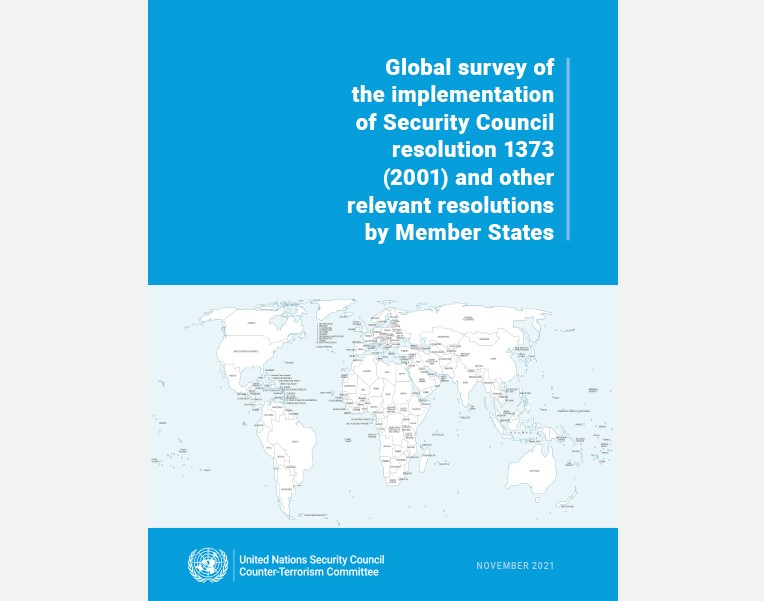
Global threat outlook

South-East Europe
South-East Europe has been largely free of terrorist attacks in the five years since the previous global survey, and its risk is low compared to that of other European subregions.

Western Europe, North American and other States
States of the Western Europe, North American and other States group have continued to suffer from a steady rate of terrorist attacks over the past five years. Australia, Canada, New Zealand and the United States have also experienced terrorist activity since the previous global survey.

South America
All South American States have recognized the threat posed by terrorism — despite the general perception that the terrorist threat to the subregion is low — and have gradually introduced measures to prevent terrorist acts and the movement of terrorists across borders.
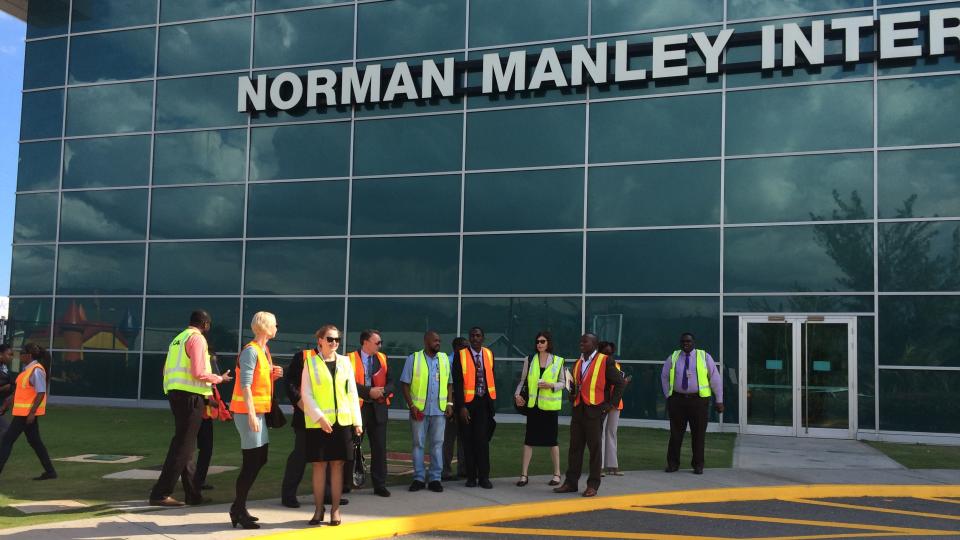
Caribbean
In the Caribbean, terrorism remains a low probability, high-impact threat. Governments of the subregion are aware of the evolving and decentralized threat posed by international terrorist groups, including ISIL and Al-Qaida.

Central America
The Central America subregion faces challenges relating to violence and corruption stemming from organized crime and drug trafficking.
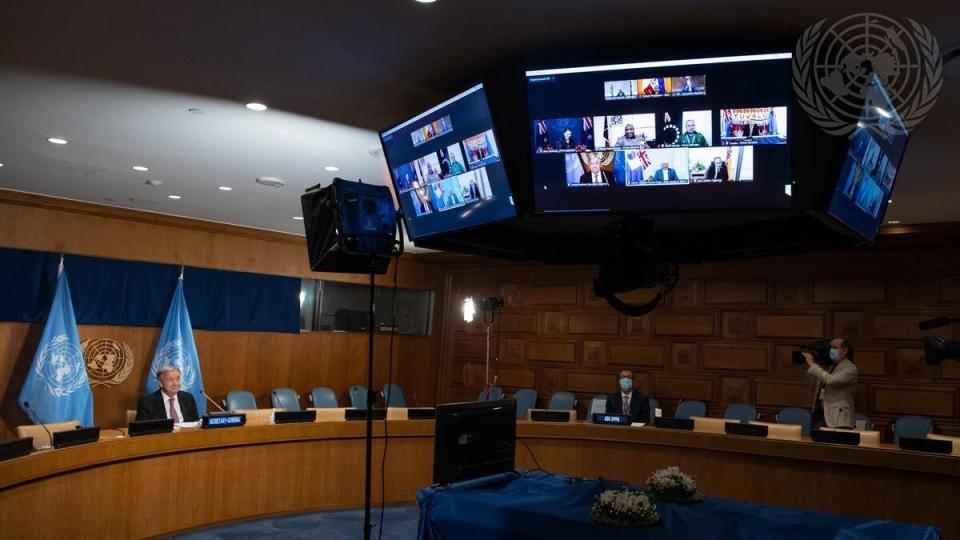
Pacific Islands
The terrorism risk to States of the Pacific Islands subregion is low, owing to their isolated geographic location, transport limitations, their small size and populations (factors that limit anonymity), and their relatively small financial and commercial sectors.

East Asia
Although the East Asia subregion was believed to be largely untouched by the conflicts in Iraq and the Syrian Arab Republic, reports indicate that ISIL and affiliated groups did rec

Western Asia
Ten of the 12 Member States of Western Asia have been affected by terrorist attacks. The fragility of the political and security situation in some of the States continues to warrant vigilance.

Central Asia and the Caucasus
Central Asia continues to face significant security challenges, including due to its proximity to regions marked by terrorist activity, illicit drugs and arms trafficking, vulnerability to terrorist propaganda and recruitment, and risks associated with widespread reliance on alternative money rem

South Asia
In South Asia, the overall threat level remains high, with several States suffering attacks since the previous global survey.

South-East Asia
The South-East Asia region has been infiltrated by ISIL-inspired FTFs, and local terrorist groups continue to be inspired by, and pledge allegiance to, ISIL.

Central Africa
Central African States face multiple terrorist threats. Boko Haram’s terrorist activity has spread from its original area of operation in north-eastern Nigeria into the entire Lake Chad Basin region, affecting the Far North region in Cameroon and Lake Chad Province in Chad.
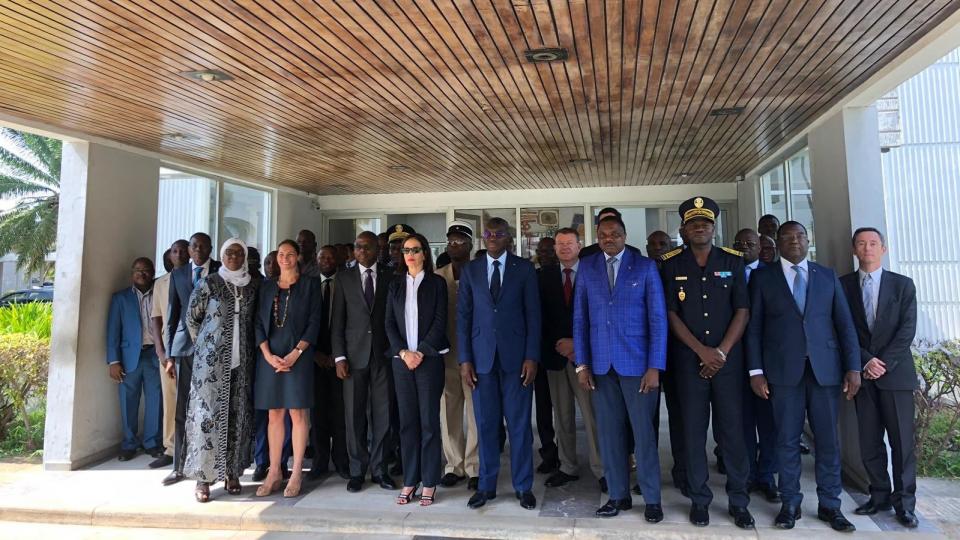
West Africa
West Africa faces an extremely high terrorist threat. The dramatic increase in terrorist activity in the subregion is primarily due to two groups: Jama’at Nusrat al Islam wal Muslimeen (JNIM) and the Islamic State in the Greater Sahara (ISGS).
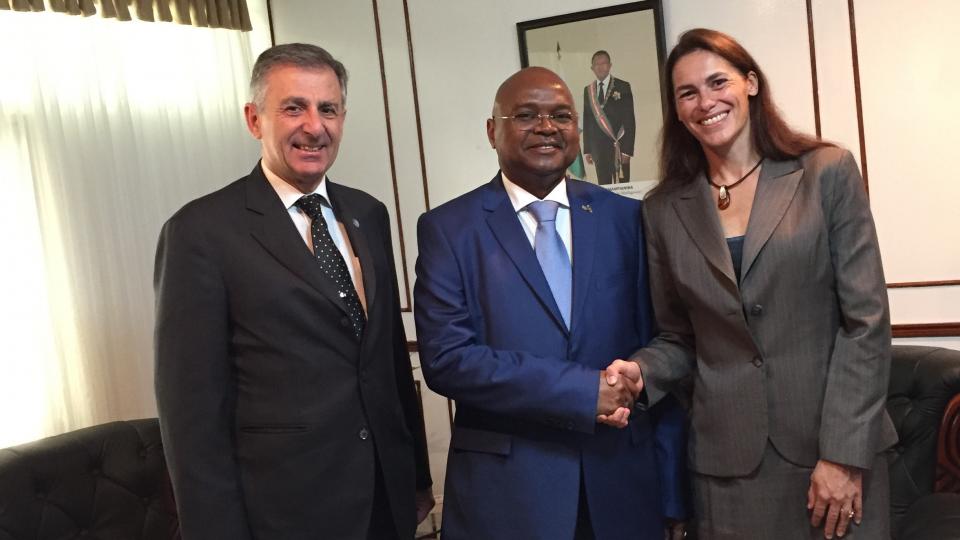
Southern Africa
Since 2016, Southern Africa has seen a dramatic increase in terrorist activity, notably in northern Mozambique and along Mozambique’s border with Tanzania.

East Africa
In East Africa, Al-Shabaab (which pledged allegiance to Al-Qaida in 2012) remains the most active terrorist group, conducting attacks primarily in Somalia, but also in neighbouring States.
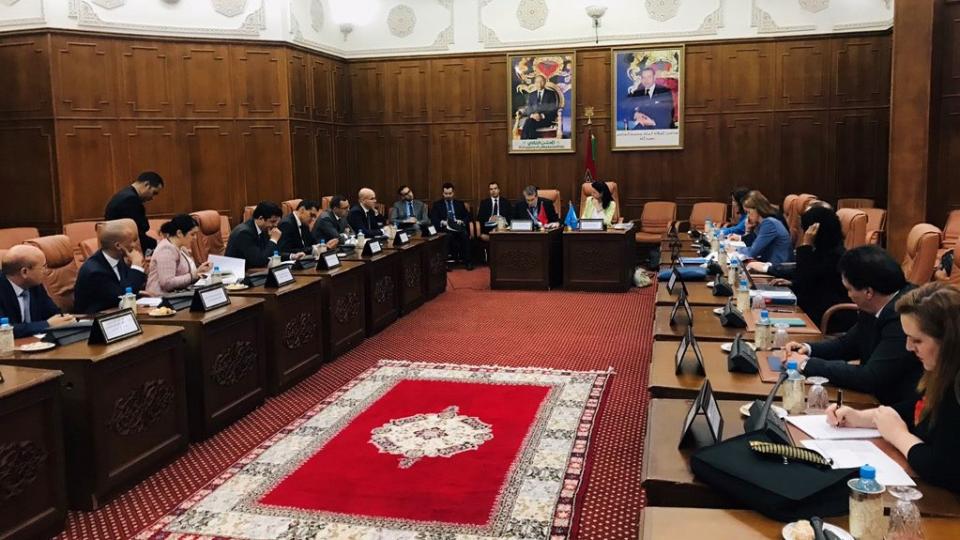
North Africa
The North Africa region continues to face threats from terrorist groups affiliated with Al-Qaida in the Islamic Maghreb (AQIM); the Islamic State in Iraq and the Levant (ISIL), also known as Daesh); and FTFs who travelled to Iraq or the Syrian Arab Republic.
Priority Recommendations
The survey focuses on the major thematic areas addressed by resolution 1373 (2001): counter-terrorism legislation, countering the financing of terrorism, law enforcement, border control, and international cooperation. It also takes into account the need to protect human rights in countering terrorism and take the gender perspective into account, as relevant to the requirements of resolutions 1373 (2001), 2178 (2014) and other relevant resolutions adopted by the Council since the publication of the previous global survey, in 2016. At the conclusion of each subsection, the survey provides a summary of some of the priority recommendations that the Committee has made to Member States since the previous survey to strengthen their implementation of resolution 1373 (2001) in each region or thematic area. CTED hopes that these recommendations will also be useful for other international organizations and bilateral donors working in the field of counter-terrorism.
Global survey of the implementation of Security Council resolution 1624 (2005) by Member States
Executive summary
The present “Global survey of the implementation of Security Council resolution 1624 (2005) by Member States” was prepared by the Counter-Terrorism Committee Executive Directorate (CTED) pursuant to the request of the Security Council, contained in its resolution 2395 (2017), that CTED update the previous survey (S/2016/50), issued in January 2016. It contains a detailed regional overview of the steps taken by States to implement Security Council resolutions aimed at countering incitement to commit terrorist acts, violent extremism, and terrorist narratives, focusing primarily on the implementation of resolution 1624 (2005), which calls on all States to prohibit by law incitement to commit a terrorist act or acts.
According to CTED’s analysis, as of 1 March 2021, 112 States had expressly criminalized incitement to commit a terrorist act or acts in their national legislation (compared with a figure of “at least 76 States”, as of 1 November 2015).
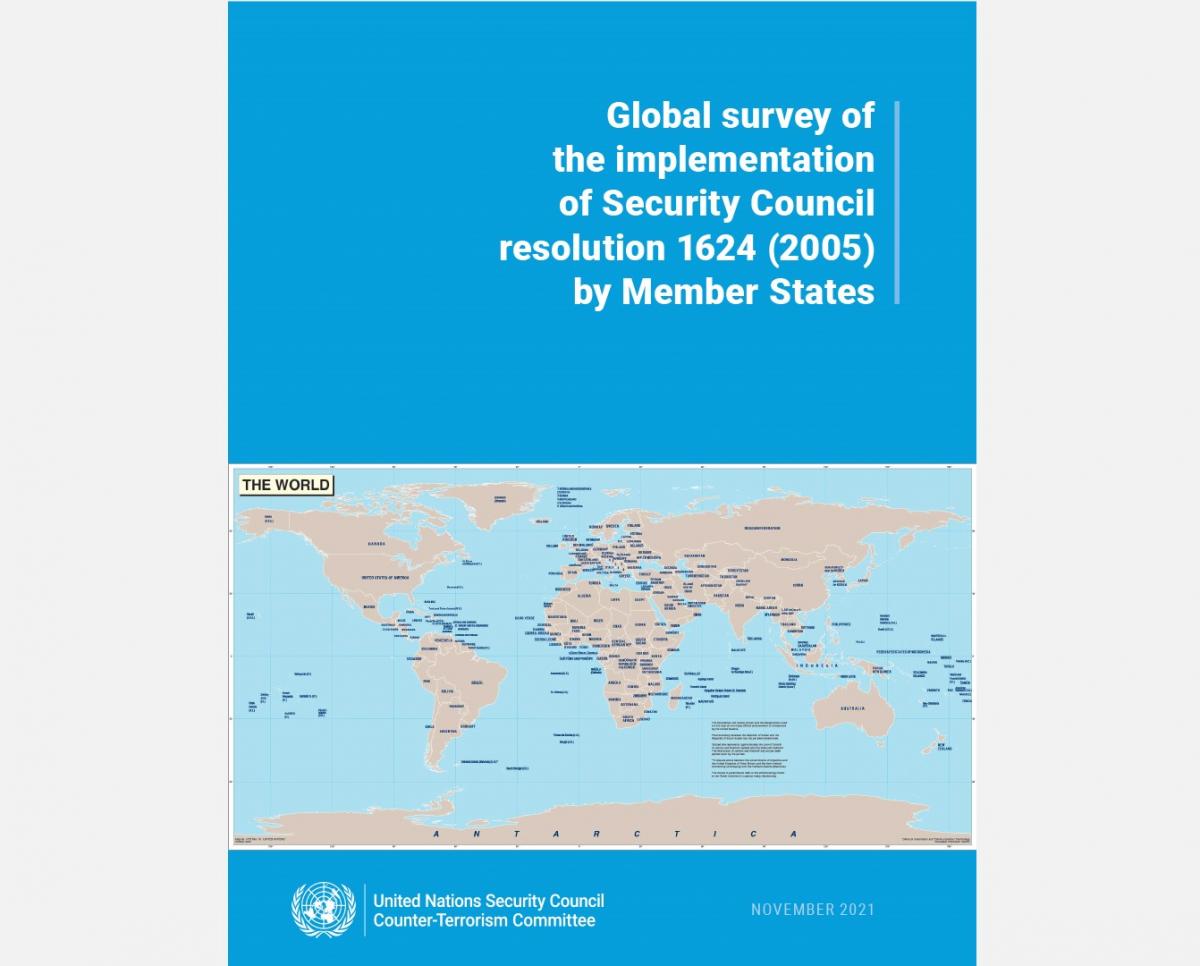
Regional Spotlights

Australia
Australia (which was visited by the Committee in July 2018) has adopted a comprehensive and multi-layered approach to CVE under the coordination of the Department of Home Affairs (DHA).

Peru
During its 2019 assessment visit, the Committee learned about Peru’s national multi-sectoral approach to combating terrorism, which incorporates CVE-related elements.

Philippines
During its 2019 assessment visit to the Philippines, the Committee learned about the country’s National Action Plan on Preventing and Countering Violent Extremism (NAP/PCVE).

Nigeria
The Counter-Terrorism Centre established in Nigeria’s Office of the National Security Adviser (ONSA) leads implementation of the Policy Framework and National Action Plan for Preventing and Countering Violent Extremism (“Partnering for Safer and Resilient Communities”).
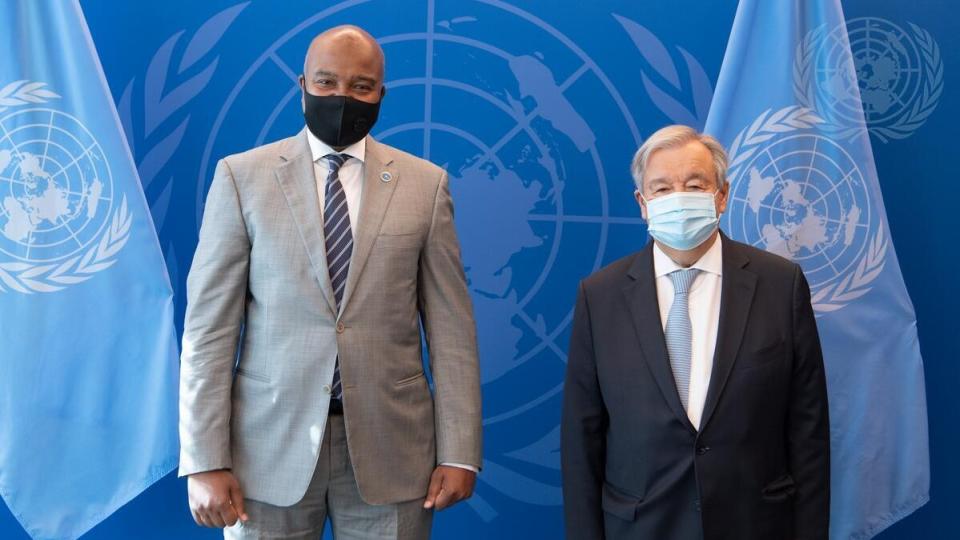
Somalia
Adopted in September 2016, Somalia’s National Strategy and Action Plan on Preventing and Countering Violent Extremism have been consistently supported by the international community.

